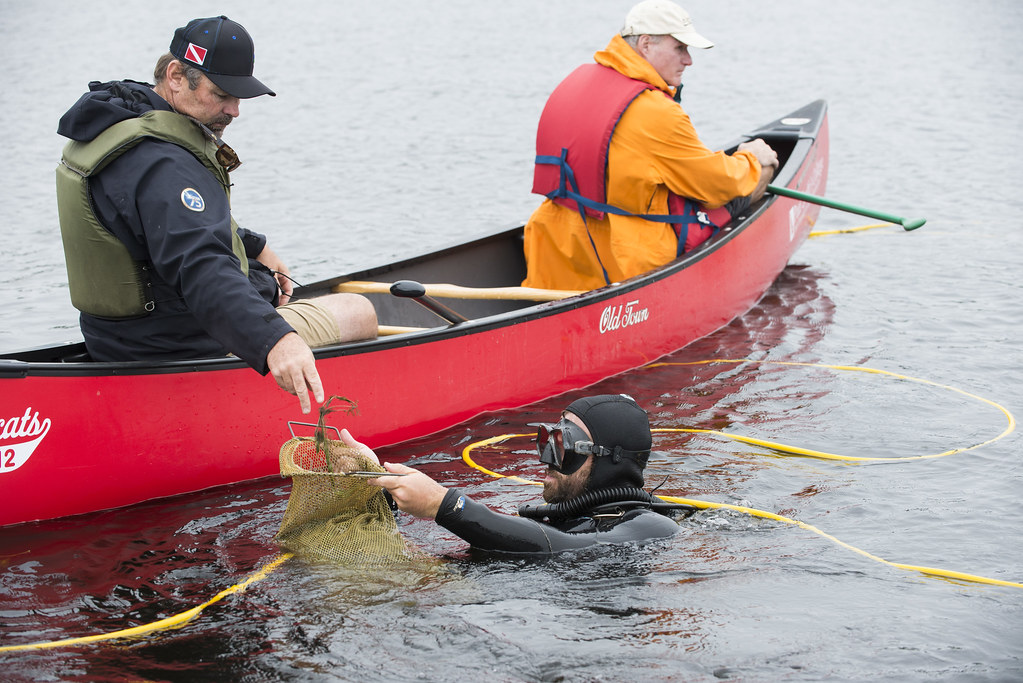Do snitches net fishes? Scientists turn invasive carp into traitors to slow their Great Lakes push
Posted
Last Updated
Over the last five years, agencies such as the U.S. Fish and Wildlife Service and Minnesota Department of Natural Resources have employed a new seek-and-destroy strategy that uses turncoat carp to lead them to the fish’s hotspot hideouts.
Agency workers turn carp into double agents by capturing them, implanting transmitters and tossing them back. Floating receivers send real-time notifications when a tagged carp swims past. Carp often clump in schools in the spring and fall. Armed with the traitor carp’s location, agency workers and commercial anglers can head to that spot, drop their nets and remove multiple fish from the ecosystem.
“We use these fish as a traitor fish and set the nets around this fish,” she said.
The carp are voracious eaters — adult bigheads and silvers can consume up to 40% of their bodyweight in a day — and easily out-compete native species, wreaking havoc on aquatic ecosystems. There is no hard estimates of invasive carp populations in the U.S. but they are believed to number in the millions.
State and federal agencies have spent a combined $607 million to stop the fish, according to figures The Associated Press compiled in 2020. Spending is expected to hit $1.5 billion over the next decade.

